Spend $50 and get FREE SHIPPING
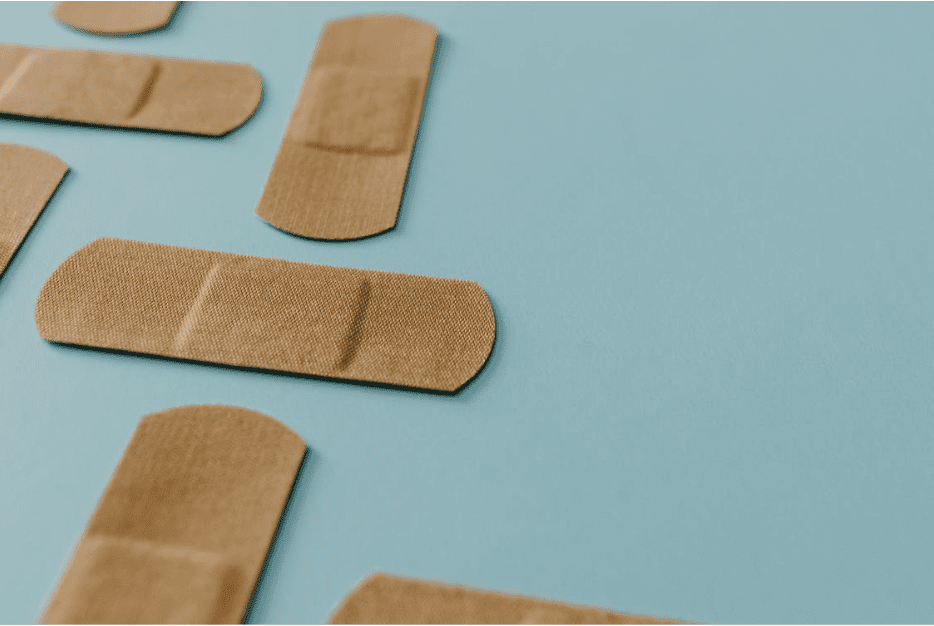
Ever fallen off your bike and scraped your knee? Or have you not been paying enough attention while chopping vegetables and nicked a finger with your knife?
Sure, these injuries might not always require medical attention, but often they can create painful wounds and still leave a mark in the form of scars.
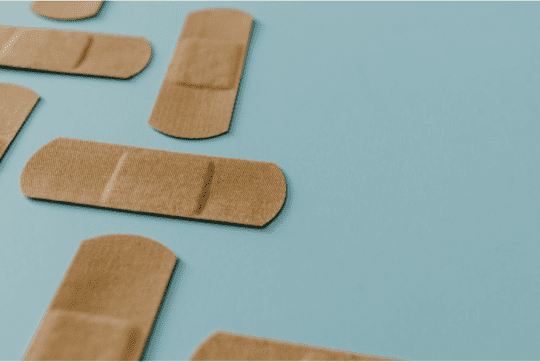
Our skin is our largest organ. Consequently, everyone, no matter how cautious, has a few scars from previous mishaps. Sometimes we wear these scars like badges of honor. But for many of us, we’re insecure about them and consider them to be imperfections
Scars can be permanent and often play an outsized role in our lives. While looking at them can evoke positive memories, they are for many people a reminder of past trauma and/or, an event you’d rather forget.
Depending on how large the scar is, sometimes people dress a certain way to avoid strangers seeing their scar or seeing it themselves. Scars can make us insecure about meeting new people.
For many decades, the beauty industry has forced upon us the notion that beauty is about achieving “perfection.”
The old-fashioned belief was, anyone with a blemish or scar or skin condition cannot grace the cover of a fashion magazine. Thankfully, over the last decade or two, we’ve begun to correct that notion.
Social media has been at the forefront of proving that those with imperfections can be just as beautiful as those without. Slowly, we’re collectively learning that we don’t want fashion magazines to dictate what we find beautiful. We’re learning that we shouldn’t allow photo-shopped models tell us when and how to feel comfortable in our own skin.
We support you whether you choose to try to diminish the appearance of scars and imperfections or if you choose to embrace them and wear them with pride. You are beautiful!
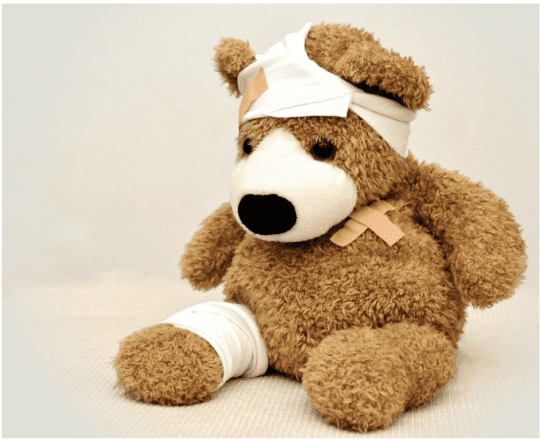
How are scars created?
This might sound self-explanatory, but before there’s a scar, there’s a wound.
Wounds are the result of sharp, often sudden, trauma to the skin often accompanied with pain. The body starts attempting to repair the affected area with white blood cells from the moment of its creation.
But sometimes, however, the body’s repair process is too slow or incomplete, which results in scarring, an area of tissue that replaces normal skin after an injury and can lead to infection.
Let’s first chat about the basics and explore every different type of wounds.
Much like you’d expect, open wounds are designated with open sores exposing underlying tissue accompanied by pain. These obviously require immediate attention.
Tears or holes in the skin should be washed, disinfected and appropriately bandaged as quickly as possible to avoid possible infection. Whereas a closed wound is under the skin and doesn’t feature any substantial disturbance to the skin. The most common example of a closed wound is a bruise.
The wounds we’ll be discussing most today are the open kind. These are the type that can lead to scarring and to which CBD provides the most assistance. Before we get into how CBD helps them heal, let’s first discuss three different types of open wounds.
Abrasion – This is when the top of the skin’s layers rubs against a coarse texture. A great example of abrasion is rug burn! These often minor wounds that need to be washed with a soap featuring antibacterial properties and then treated.
Laceration – This is when the skin is cut deeply, often accompanied with severe pain. Any mishap with a knife, tool or machinery likely resulted in an open skin laceration. All a doctor can do is sew it up and allow the body to heal itself.
Puncture – A puncture is when a small hole is formed in the skin, often by a projectile. This might not result in much bleeding, but a foreign object can obviously create significant skin problems and require serious pain management.
How can I prevent scarring and wounds?
I’ve got good news and bad. First, the bad news. Nicks, scrapes and further injury are an inevitable part of life. They’re absolutely impossible to avoid.
But the good news is, we know what treatment helps our skin repair itself faster and reduce the formation of scars, and it’s CBD! So join us while we talk all about scars and other skin issues — and how CBD can help you avoid them!
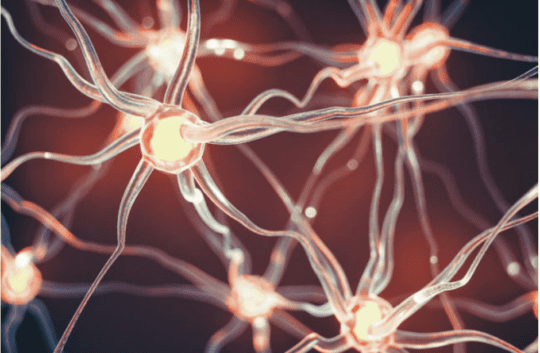
Whenever the skin receives trauma, the body immediately starts repairing itself. The problem is, if left to its own devices, the human body is fairly slow at skin-healing. This can be exacerbated if the person has underlying health conditions. The longer it takes to heal, the more likely it is to result in a scar.
That’s where topical CBD, like CBD creams and CBD lotions, come into play. As this 2020 medically reviewed study published in the National Library of Medicine proves, treating your skin with a CBD product will play a critical role in healing wounds by stimulating the production of new skin cells.
Essentially, CBD supercharges the natural healing process. CBD products, like CBD cream, will promote healing of the skin following an injury. As a result, quickened cell regeneration helps reduce scar formation.
The second way CBD helps heal a wound is to reduce inflammation. Anyone who’s ever gotten a bump on the head that swelled into a small temporary welt knows, inflammation can be painful! And that when the swelling subsides, usually the pain dissipates as well.
Therefore, it might not come as a huge surprise that inflammation wreaks havoc on the healing process. It also exacerbates pain management. As nature’s preeminent anti-inflammatory, CBD reduces the infamous swelling and irritation associated with wounds, allowing the body to focus on recovery. In case you’re looking for more medically reviewed proof, this article details CBD’s antioxidant and anti-inflammatory properties.
Perhaps the greatest benefit CBD provides when you’ve scraped your knee is pain management. Acute pain might not be as bad as chronic pain, but it’s one of the most debilitating symptoms (acute pain the pain one initially feels after getting an injury versus chronic pain which happens repetitively thourhout time).
CBD also affects our ability to control and temper inflamed nerves This medically reviewed study details how CBD can affect the system responsible for managing pain, called the ECS, or the “Endocannabinoid System.”
In case you aren’t familiar with your body’s Endocannabinoid System, let’s discuss what it is and how CBD works within it.
The ECS is a biological system that exists inside you and is as important as major systems such as your nervous system and respiratory system. While research on this critical system is fairly new, we know that the ECS is involved with the preservation of your body’s equilibrium, i.e., homeostasis. This means the ECS is responsible for regulating any number of critical physiological and cognitive functions, such as sleep, appetite, pain-sensation, mood, memory, etc. In other words, it helps maintain your overall health.
When our homeostasis is thrown out of equilibrium, the endocannabinoid system needs all the resources it can get. That’s where CBD comes into play, as it provides much-needed back-up to help calm inflamed nerves, which soothes our pain.
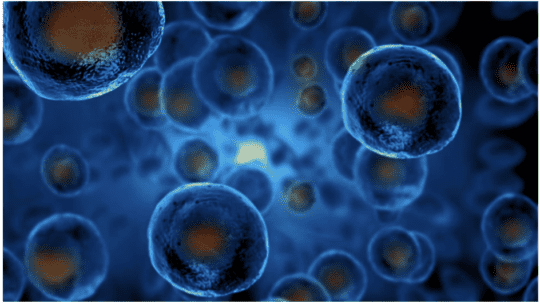
How does the ECS work?
The endocannabinoid system consists of three parts: receptors, cannabinoids and enzymes. First, the cannabinoids are like fuel for the entire ECS. Cannabinoids float inside your bloodstream and are stored in fat waiting to be utilized. Whenever they’re needed, they bind to and/or interact with cannabinoid receptors, thereby triggering a function to bring the body back into homeostasis. The receptors exist all along our central and peripheral nervous system, in your organs and muscle tissue, so they reach every part of you. Think of these as landing pads for cannabinoids.
Finally the enzymes break down unnecessary and unused cannabinoids.
You can learn more about the ECS here.Now that you have a very general idea of how the system works, imagine the problems that arise when the body is lacking cannabinoids, the fuel for the entire ECS! A cannabinoid deficiency makes it more challenging for the ECS to establish homeostasis. But the good news is, anyone taking CBD is refilling their system with cannabinoids!
CBD products, like CBD topicals and tinctures (that’s CBD oil), are not doctor prescribed, so they’re easy to acquire.
Topicals: If you get a wound, clean it and the surrounding skin. Then, apply a CBD topical product such as a CBD balm or butter (or even an oil). You should look for products that contain at least 15mg of CBD per every one ounce of oil or fat. CBD also works wonders for healthy skin including improving elasticity and promoting collagen production.
Dietary Health Products: To maintain a strong ECS you can use Full Spectrum CBD Oil a few times a day and transdermal patches containing at least 40mg of CBD per patch. These sources of CBD are also perfect for when people are using CBD to help them sleep or alleviate anxiety.
(CBD also works wonders for healthy skin and other skin conditions!).
Here are the ideal Somebody products for each use case.
Dietary Health: Full Sepctrum Oil Drops, Transdermal Patch, Bath Bomb
Topicals: Muscle, Joint and Skin Balm
If you’ve just fallen off your bike, or nicked your finger with a knife while chopping vegetables, you know what to do! Reach for the CBD! It’s time to jumpstart the healing process. Replenish your endocannabinoid system with the cannabinoids it craves, CBD.
The benefits of CBD are innumerable. Smother that scrape, wound, cut or laceration with the all-natural ingredient that works with your body. If you want to treat an injury, apply CBD directly to the wound. This will speed up the healing process, decrease inflammation surrounding the problem area and also reduce pain.
Life is full of bumps and scrapes. There’s nothing we can do to stop it. So we might as well embrace the good with the bad, especially with CBD in our corner!
